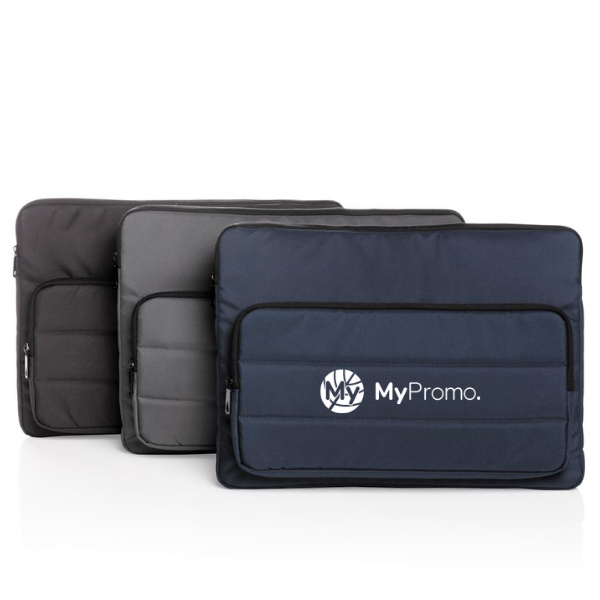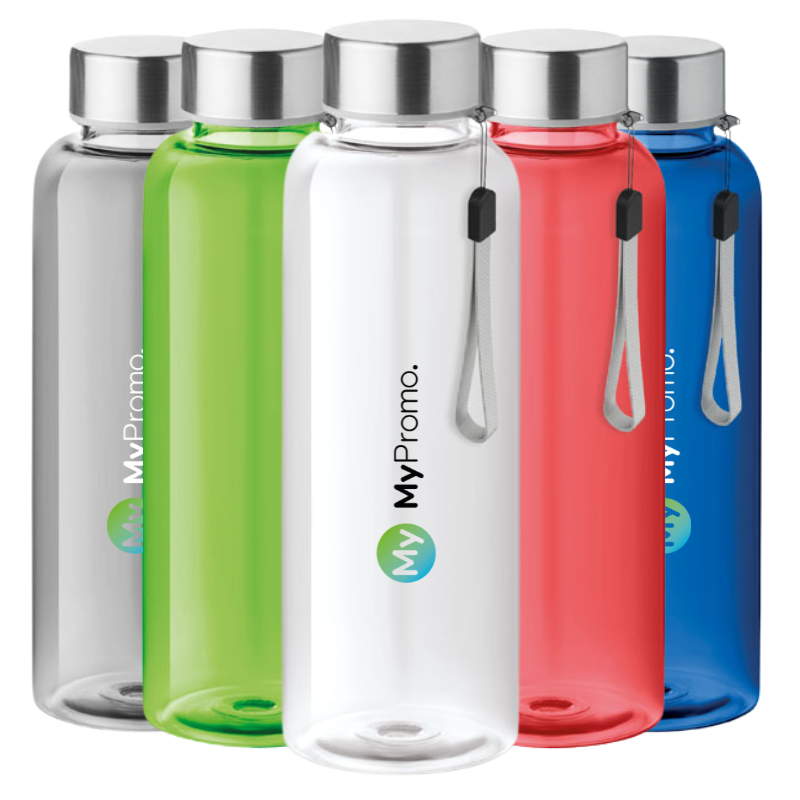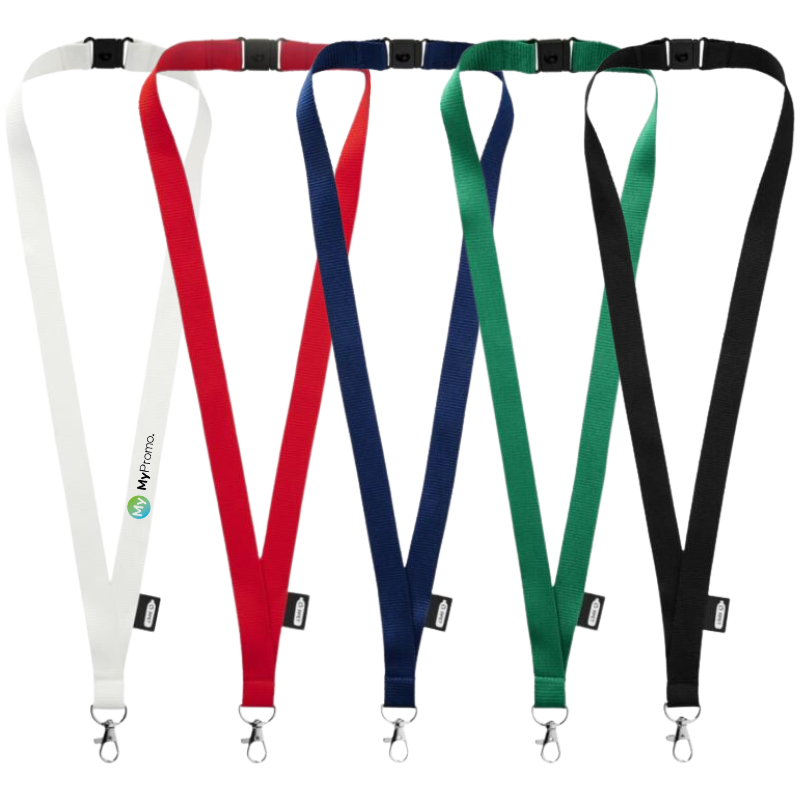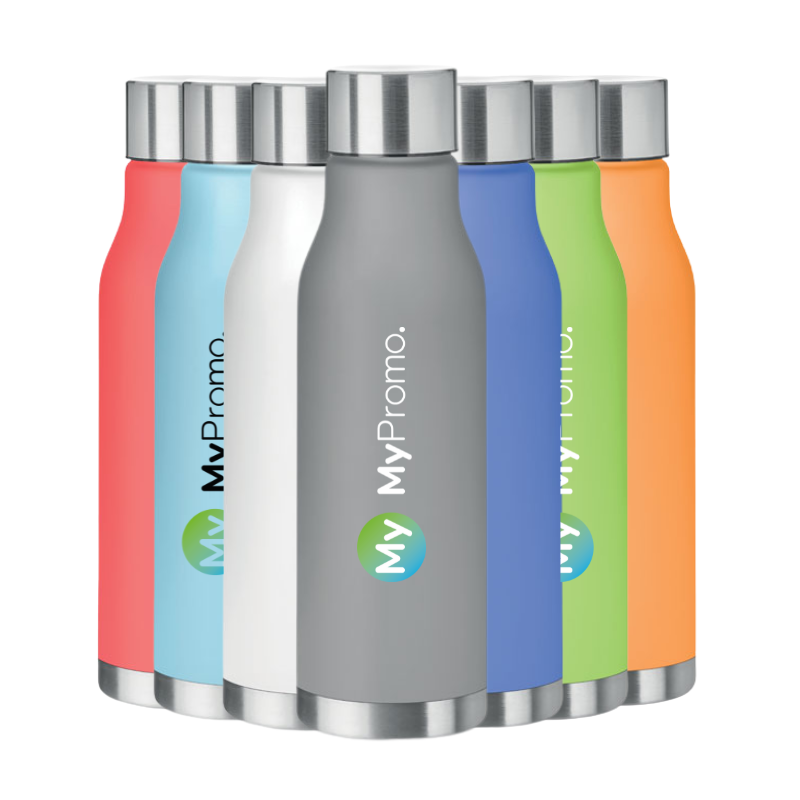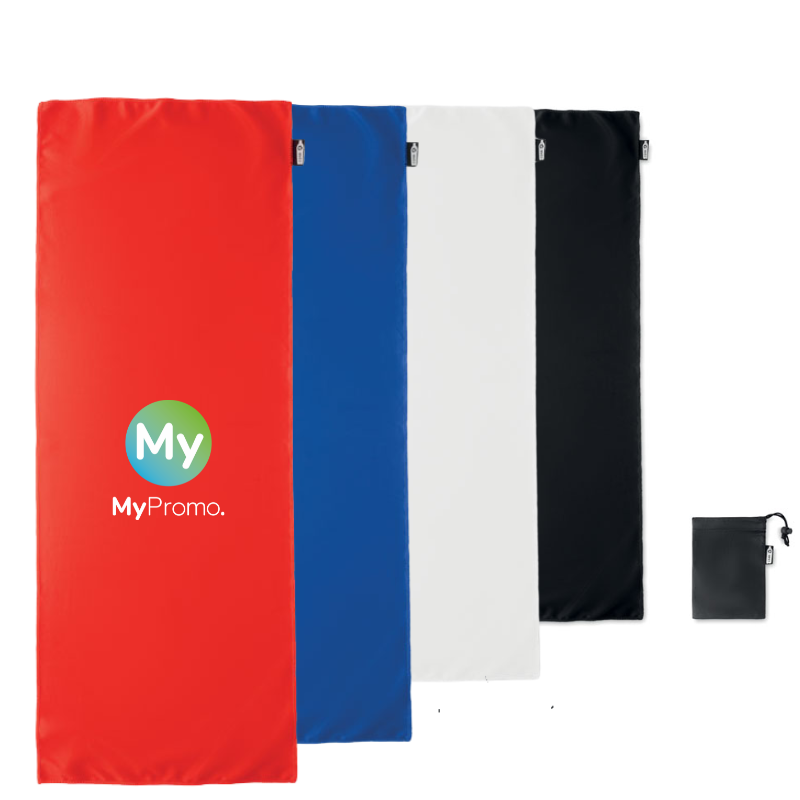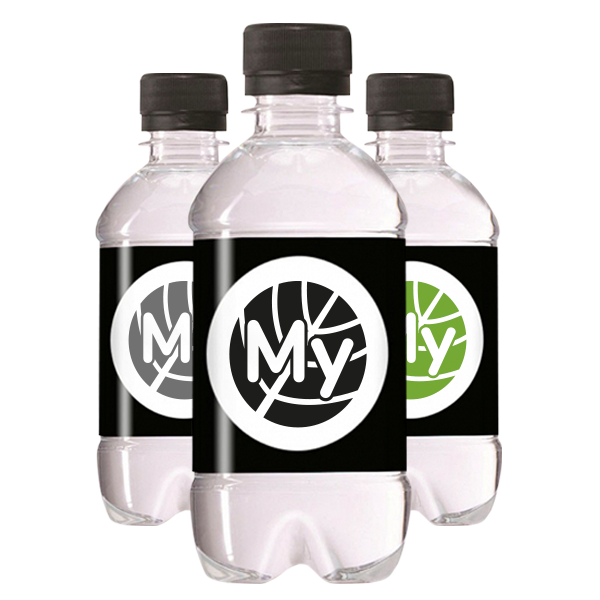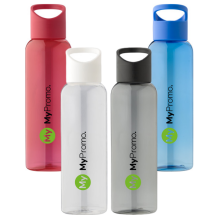RPET
What is RPET?
RPET, or Recycled Polyethylene Terephthalate, is a sustainable material made from recycled plastic bottles and other PET packaging, serving as an eco-friendly alternative to traditional plastics. Developed in response to environmental concerns, RPET gained popularity in the late 20th century for its role in reducing plastic waste and promoting recycling. The production process involves collecting used PET materials, cleaning and shredding them into flakes, which are then melted and reformed into pellets to create new products, conserving resources and reducing waste.
Properties and Characteristics of RPET
RPET is known for its durability and strength, making it suitable for various applications. It has a high resistance to impact and wear, ensuring that products made from RPET are long-lasting. RPET also boasts excellent clarity and can be easily coloured, which makes it appealing for aesthetic purposes. Additionally, it is lightweight, which reduces transportation costs and energy use.
Applications of RPET in Manufacturing
The versatility of RPET is evident in its numerous applications across different industries. In the textile industry, RPET is used to create fabrics for clothing, bags, and upholstery. The packaging industry utilises RPET for making bottles, containers, and packaging films. In the automotive industry, RPET is used for interior components and insulation materials.
For promotional products, personalised RPET products are a popular choice due to their eco-friendly nature. Examples include reusable shopping bags, personalised water bottles, and custom tote bags. These items can be personalised with company logos and messages, making them ideal for marketing campaigns that emphasise sustainability.
Advantages of Using RPET in Manufacturing
One of the primary advantages of RPET is its environmental impact. By recycling existing plastic, RPET helps reduce the amount of waste that ends up in landfills and oceans. It also conserves resources, as producing RPET uses less energy compared to producing new PET. RPET is cost-effective, offering manufacturers a sustainable option without significantly increasing production costs. Furthermore, using RPET can enhance a company’s reputation by demonstrating a commitment to environmental responsibility.
Comparing RPET with Other Materials
Compared to traditional plastics, RPET stands out for its sustainability. While conventional PET is made from virgin materials, RPET is derived from recycled content, reducing the need for new plastic production. Glass, another alternative, is also recyclable but is heavier and more energy-intensive to transport and recycle. Natural fibres like cotton and wool are renewable but may not offer the same durability and resistance to moisture as RPET. However, RPET does face challenges such as potential contamination during the recycling process and limited availability of high-quality recycled materials.
Common Applications of RPET
| Industry | Application Examples | Notable Products |
|---|---|---|
| Textile | Clothing, bags, upholstery | RPET fabrics, custom tote bags |
| Packaging | Bottles, containers, films | RPET water bottles, packaging film |
| Automotive | Interior components, insulation | RPET car interiors, insulation |
| Promotional | Reusable bags, bottles | Branded RPET shopping bags, bottles |
What is RPET made from?
RPET is made from recycled plastic bottles and other PET packaging materials.
Why is RPET considered environmentally friendly?
RPET is environmentally friendly because it recycles existing plastic waste, reducing landfill waste and conserving natural resources.
What products can be made from RPET?
Products made from RPET include clothing, reusable bags, water bottles, packaging materials, and automotive components.
How is RPET different from regular PET?
RPET is made from recycled materials, while regular PET is made from virgin petroleum-based resources.
Are there any limitations to using RPET?
Limitations of RPET include potential contamination during recycling and the availability of high-quality recycled materials.


